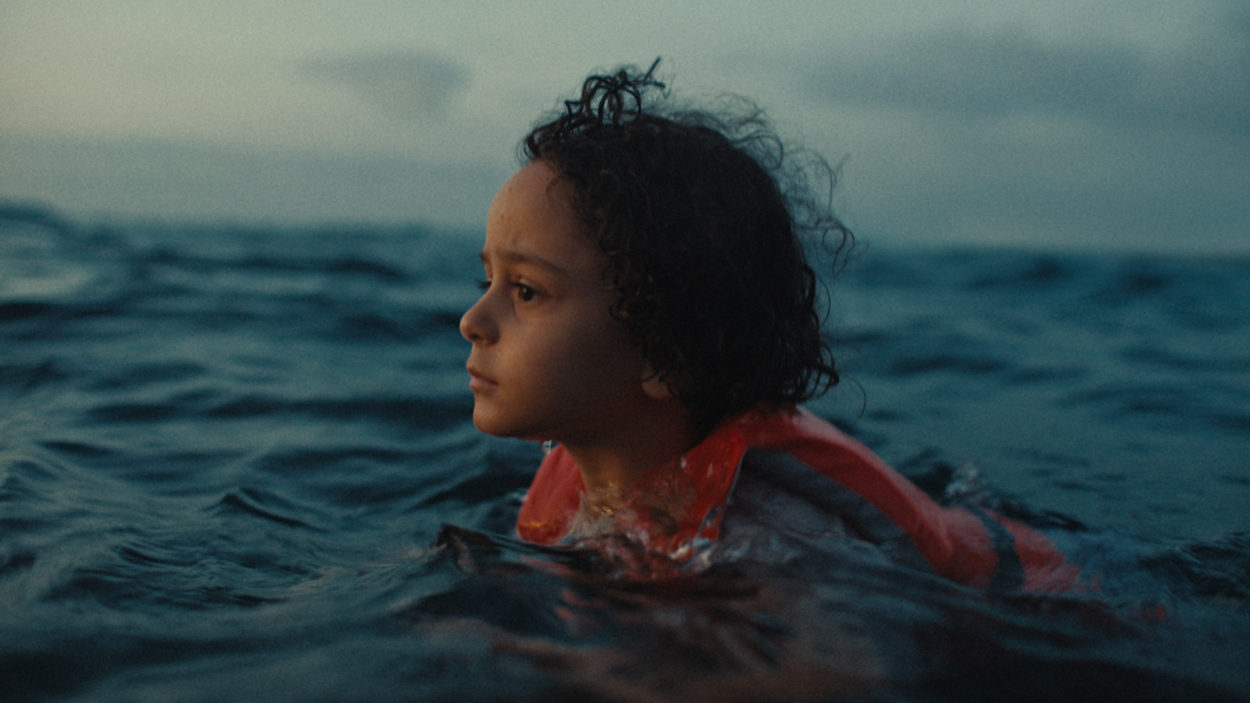Director's Works

Sea-Eye, Like a Fish Oliver Bernotat
Like a finely crafted story, Oliver Bernotat’s films blend emotional storytelling with a twist, inviting viewers to look closer and uncover layers that surprise, move, and challenge their expectations. Oliver is a Hamburg-based director and writer known for his distinctive visual style and compelling narratives. After four years as an in-house film director and creative at the renowned agency Jung von Matt, he collaborated with major clients like BMW, Vodafone, EDEKA, and McDonald’s, directing work that ranges from emotional narratives to humorous pieces and authentic portraits featuring icons such as Steven Gerrard, Jeff Koons, and Jeremy Scott. Starting his career at a Munich-based production company, Oliver honed skills in writing, pitching, producing, editing, and directing. Now working independently, he creates commercials, documentaries, and serial formats, combining creative vision with a deep understanding of client needs to deliver engaging and unexpected stories.
The brief was to raise awareness of the life-threatening dangers faced by refugee children crossing the Mediterranean. Since 2018, more than 1,500 children have drowned or gone missing while trying to flee to Europe, yet the issue has largely disappeared from the headlines. The aim was to raise global awareness of this crisis and generate support for Sea-Eye's work to rescue those in danger. The film was shot in Tunisia, a key departure point for many refugees attempting the dangerous Mediterranean crossing. The use of a Tunisian cast further grounded the film in the real-world context of this crisis. Tunisia is one of the primary countries from which migrants depart, making it an important cultural and geographical reference in the narrative. The decision to shoot locally also adds authenticity, allowing the audience to feel a closer connection to the issue. While the broader themes of displacement and survival are universally understood, the specific setting and the realities faced by refugees on this route might not be immediately clear to all audiences, making the cultural context of the production vital for understanding the urgency of the message.










